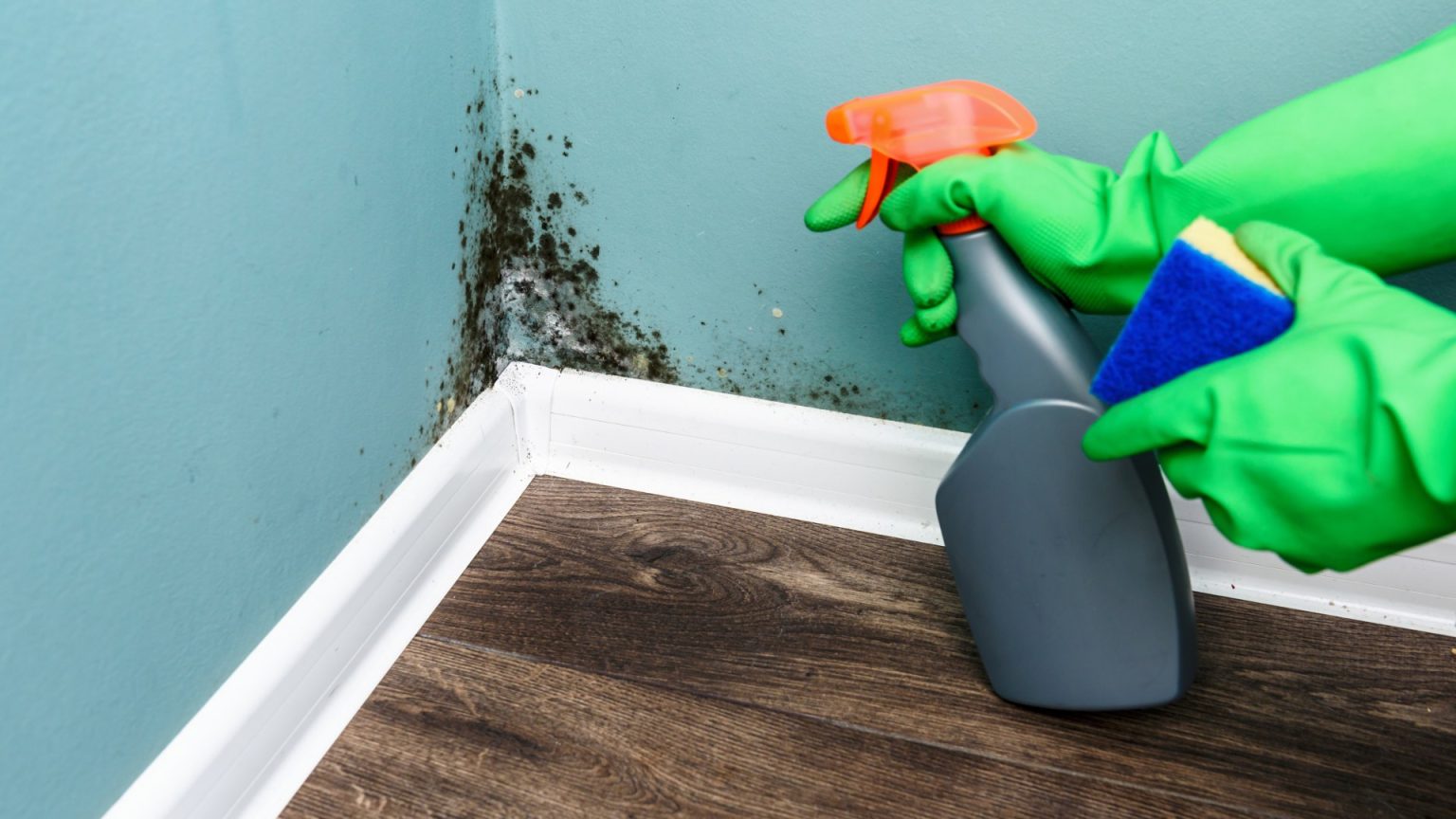The creeping chill of winter brings with it not just the festive cheer but also the unwelcome guest of mould. This fungal growth thrives in the cold, damp corners of our homes, presenting not only an aesthetic nuisance but also a potential health hazard. Before resorting to costly professional interventions, several simple and effective measures can be employed to combat this pervasive issue. The key lies in understanding the conditions that foster mould growth: moisture, stagnant air, and lack of sunlight. By addressing these factors, you can significantly reduce the likelihood of outbreaks and maintain a healthier living environment.
One of the primary culprits in mould formation is excess moisture. Kitchens and bathrooms, being the hubs of water usage, are particularly susceptible. Even during the colder months, it’s crucial to ensure adequate ventilation. Opening windows slightly while cooking or showering allows steam and water vapor to escape, preventing condensation buildup. Regularly wiping down windows, walls, and other surfaces susceptible to condensation further inhibits mould growth. Remember, moisture is the lifeblood of mould, so minimizing its presence is paramount.
Beyond addressing immediate moisture sources, consider the overall airflow within your home. Mould thrives in stagnant air, particularly in areas with restricted ventilation. Large pieces of furniture pushed against walls can create ideal breeding grounds for mould by trapping moisture and preventing air circulation. Wherever possible, create space between furniture and walls, especially in colder, damper areas of the house. Utilizing a fan heater to direct warm air towards these nooks and crannies can further aid in drying out these vulnerable spots, disrupting the mould’s preferred environment.
Natural desiccants like common salt can also be effective in combating dampness. Placing small bowls or pots of salt in problematic areas can absorb excess moisture from the air. As the salt absorbs moisture, it will clump, indicating the need for replacement. Certain houseplants, such as the peace lily, are also known for their moisture-absorbing properties. Introducing these plants into your kitchen or bathroom can contribute to a drier environment, naturally combating mould growth.
Once mould takes hold, swift action is crucial to prevent further spread. Natural cleaning solutions can be remarkably effective in tackling these outbreaks. A mixture of tea tree oil and water creates a potent antifungal spray that can kill mould spores on contact. Similarly, a solution of equal parts white vinegar and water offers an affordable and readily available cleaning agent. Spraying and wiping down surfaces prone to condensation with this vinegar solution can prevent outbreaks. For more stubborn mould infestations, particularly in bathroom sealant, a diluted bleach solution applied with cotton wool and left overnight can effectively eradicate the fungus.
Regular cleaning and maintenance are essential in preventing mould from gaining a foothold. Consistent vigilance coupled with these simple strategies can effectively control mould growth, safeguarding your home and health. Remember, addressing the root cause of the problem – excess moisture and poor ventilation – is the key to long-term mould control. By implementing these straightforward and cost-effective measures, you can maintain a mould-free environment and enjoy a healthier, more comfortable living space. Don’t let the winter chill bring with it the unwelcome presence of mould; take proactive steps to keep your home dry, ventilated, and mould-free.











